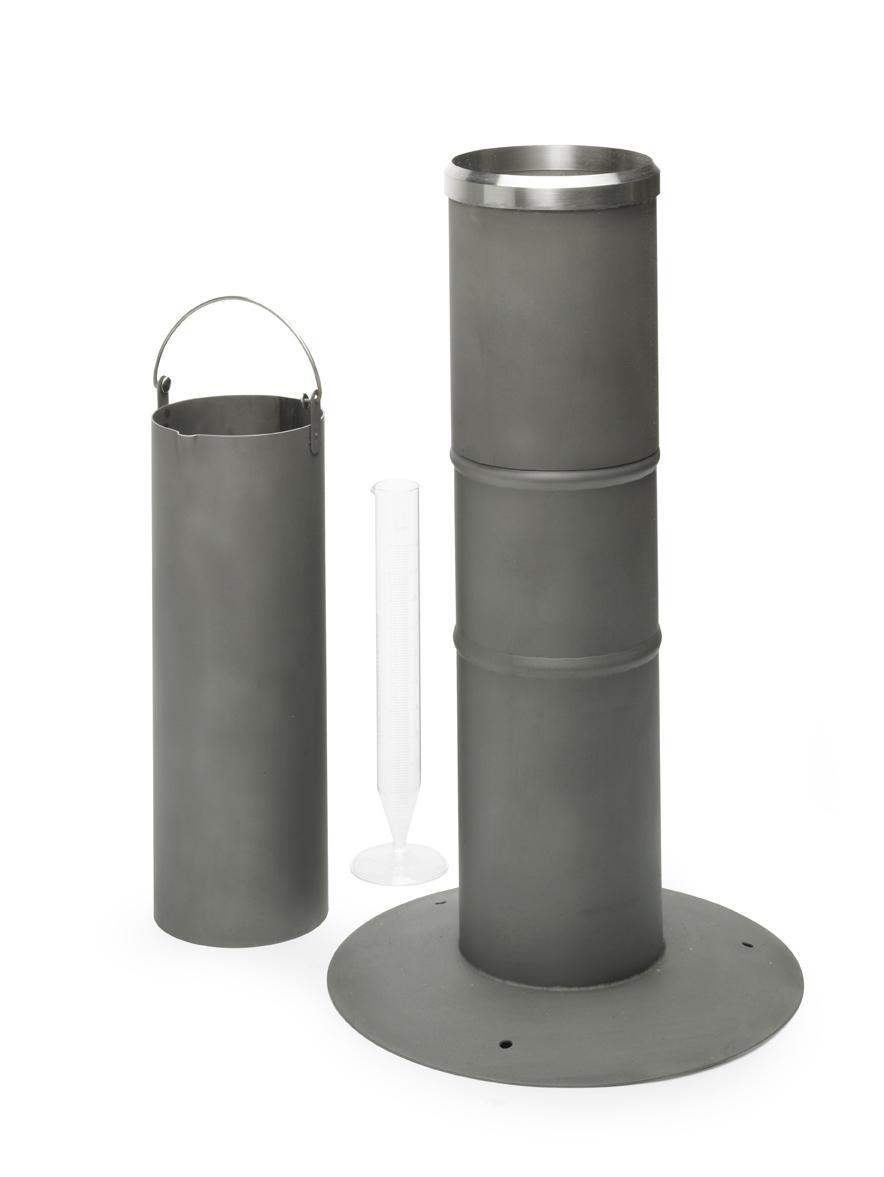Unveiling the Science Behind Rainfall Determines: Exactly How These Tools Play a Crucial Role in Climate Research Study and Environmental Tracking
Rainfall evaluates, apparently simple tools, hold an extensive relevance in the realm of climate research and environmental tracking. These humble tools silently collect one of nature's most vital elements-- rainfall. Behind their plain exterior exists a complicated science that is indispensable for recognizing the dynamics of our setting. As we peel back the layers of this clinical veil surrounding rainfall gauges, we reveal a world where accuracy, data accuracy, and precise monitoring assemble to introduce a much deeper understanding of our transforming climate and its influence on the planet.
Relevance of Rain Scales
Rainfall determines play a vital role in tracking and gauging precipitation degrees, providing necessary information for environment research and analysis. These devices are fundamental in measuring the quantity of rains that occurs in a particular area over a certain period. By gathering and gauging rainwater, rain evaluates deal beneficial insights right into the distribution and intensity of precipitation, aiding meteorologists, hydrologists, and climatologists in recognizing climate patterns and trends.
In addition, long-lasting information accumulated from rainfall determines assists in examining environment change impacts and patterns, adding substantially to clinical study and decision-making processes. In essence, rain determines offer as essential devices in the field of meteorology and environmental science, playing a critical duty in advancing our understanding of climate and climate dynamics.
Kinds Of Rain Scales

Performance and Procedure
In the realm of environment research study and atmospheric researches, the performance of rainfall gauges depend on their detailed capability and exact functional systems. Rainfall evaluates are developed to properly measure the amount of rainfall that drops over a particular location during a set period. These devices normally include a funnel that gathers rain and networks it into a gauging tube. The gauging tube is marked with calibrated measurements that permit the exact quantification of rainfall.
The performance of rainfall gauges is based on the concept of determining and gathering rainwater in a standard fashion. This collected data is essential for recognizing regional weather condition patterns, tracking long-term climate patterns, and analyzing ecological effects. To make certain accurate measurements, rain evaluates need to be strategically put in open areas far from obstructions such as buildings or trees that might conflict with the collection procedure.
The functional facet of rainfall assesses includes regular maintenance to avoid particles accumulation, calibration checks to keep measurement accuracy, and data taping for evaluation (rain gauge). In general, the capability and procedure of rain assesses are important for collecting reputable precipitation information vital to environment research study and environmental surveillance
Duty in Environment Research
Given the crucial relevance of exact rainfall dimensions in understanding climate patterns and environmental impacts, the role of rain assesses in climate research is indispensable. Rainfall evaluates provide important data for climate study by evaluating the quantity of rainfall that drops over a specific location during a provided duration. This information is vital for checking long-term trends in rainfall patterns, assessing the influence of environment adjustment on rainfall distribution, and boosting climate designs.

Climate researchers utilize information collected from rain evaluates to analyze variants in precipitation levels, recognize local environment fads, and review the performance of water resource administration strategies. By contrasting historic precipitation information with present dimensions, researchers can detect changes in precipitation patterns, such as changes in the regularity or intensity of rains occasions. This details is crucial for understanding exactly how environment modification is affecting precipitation dynamics and can help policymakers make notified choices pertaining to adjustment and reduction methods.
Applications in Ecological Monitoring

In flooding projecting, rain gauge information aids to track rainfall strength and circulation, enabling authorities to provide prompt cautions and take required actions to mitigate flooding dangers (rain gauge). Drought tracking counts on rain scale data to evaluate moisture levels in helpful hints the soil and track precipitation deficits, helping in the recognition of drought-prone locations and the application of drought response methods
Moreover, rainfall gauge information plays a vital function in water source administration by offering information on water availability and use trends. Additionally, in farming, rain scale data aids farmers in enhancing watering routines, plant option, and general farm management practices based on local rainfall patterns.
Conclusion
To conclude, rain assesses are vital devices for measuring precipitation, supplying beneficial data for environment study and environmental surveillance. With different types and performances, rain gauges play a critical role in recognizing precipitation patterns and their impact on the environment. By accurately gauging rains, these tools add to the improvement of clinical knowledge and aid in making notified decisions associated to water source management and disaster readiness.
Rain assesses play a vital function in monitoring and gauging rainfall degrees, giving vital data for environment research her response and analysis. The basic rainfall gauge, known as the "tipping pail" gauge, is one of the most frequently used tools. Ultrasonic rainfall assesses usage noise waves to identify the presence of rainfall, giving real-time data on rainfall levels.Climate researchers make use of data collected from rain determines to evaluate variations in rainfall levels, determine local environment trends, and assess the efficiency of water source administration approaches.In conclusion, rainfall look at this site gauges are essential devices for determining rainfall, giving useful data for environment research and environmental surveillance.